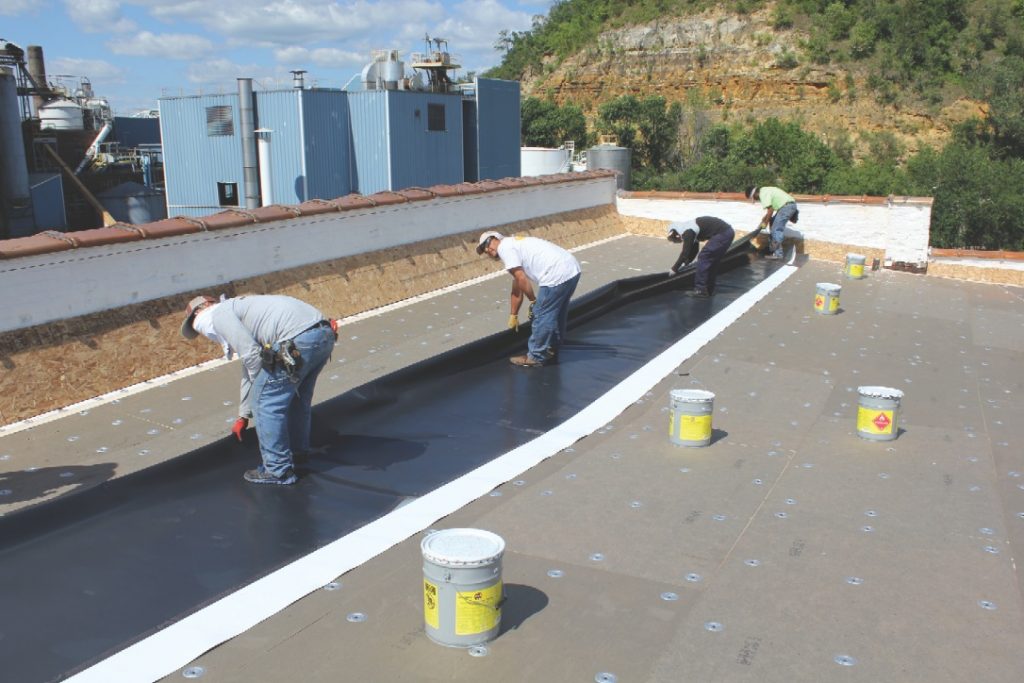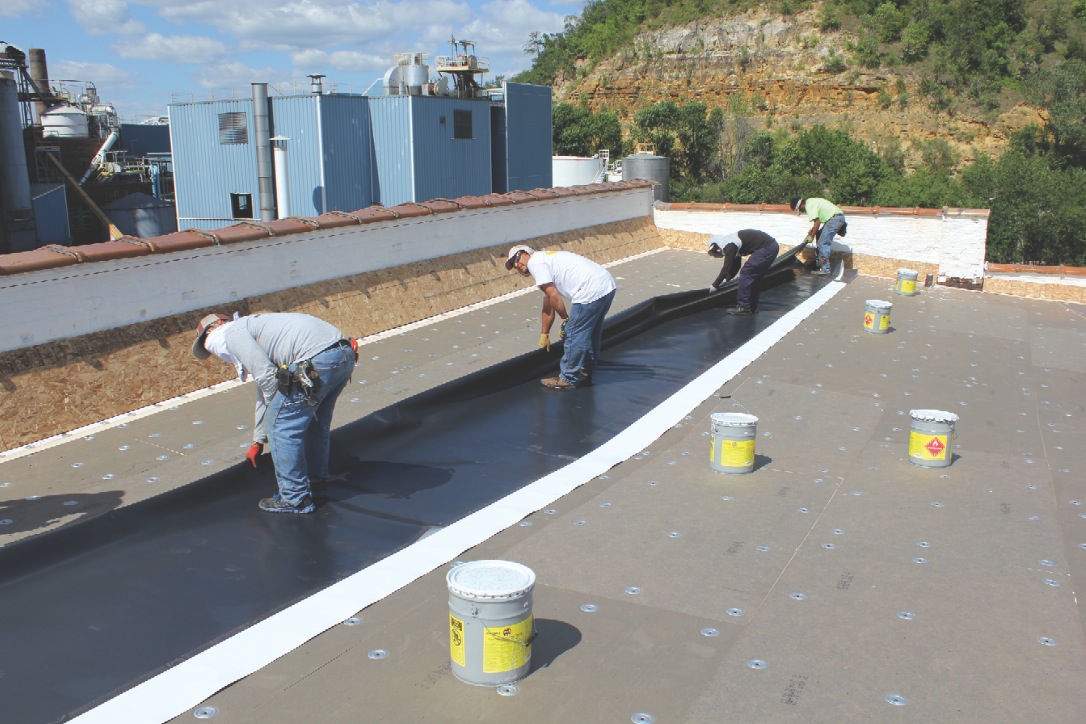There are different roofing materials that can be used for our house. One of them is the flexible membrane products. They can be made of modified bitumen, thermoplastics and thermosets. In general, thermoset membranes are made from special materials, specifically rubber polymers. EPDM is often known as rubber roofing and it is appropriate to protect our house against any damaging effects of chemicals and sunlight. Watertight seals on flexible membrane roof can be applied using tape or liquid adhesives. On the other hand, thermoplastic membranes are usually based on plastic polymers. PVC is the most common type of thermoplastics and it is relatively flexible compared to standard plastics, due to the addition of plasticizers. Seams can be made with thermoplastic membranes, specifically using heat welding. Reinforcement layer may also be needed, usually with fiberglass or polyester. This would provide increased dimensional stability and strength. Some roofing materials, such as hypalon starts as a thermoplastic, but as it cures, it would become thermost. However, like other thermoplastics, seams at hypalon would need to be heat sealed.

Thermoplastic polyolefin or TPO is also often used for roofing material. It essentially combines the attributes of PVC and EPDM. Although TPO can be welded with hot air at any time, it won’t cure even after being exposed for years to the elements. TPO membranes would need to be reinforced with fiberglass and polyester. Modified bitumen membranes should be useful for prefabricating and formulating the advantages of factory fabricated asphalt. When choosing flexible membrane and its associated attachment system, we should know which one is better for our building. There are multiple options that should be weighed against details of our house. In general, the decision shouldn’t be based only on costs. There are other factors that need to be included in theoverall calculation. Aesthetics, wind exposure, building weight and other factors related to the building should be properly considered. As an example, the attachment system could depend on specific characteristics of the building. It won’t be a good thing if the roof deck can’t withstand the overall weight of the building.
Regardless of the type of our roofing material, it should bear the UL label. This is the only way for us to guarantee that we have roofing material with appropriate quality. If our roofing material is UL-classified, it means that the material has been proper tested by Underwriter’s Laboratories. There are different ways to check the quality and durability of roofing material. It is important to make sure that the product we are getting is an actual product. We shouldn’t get something that only looks natural, it also needs to be perfectly equal. As an example, the roofing material should have the proper wind uplift rating.

